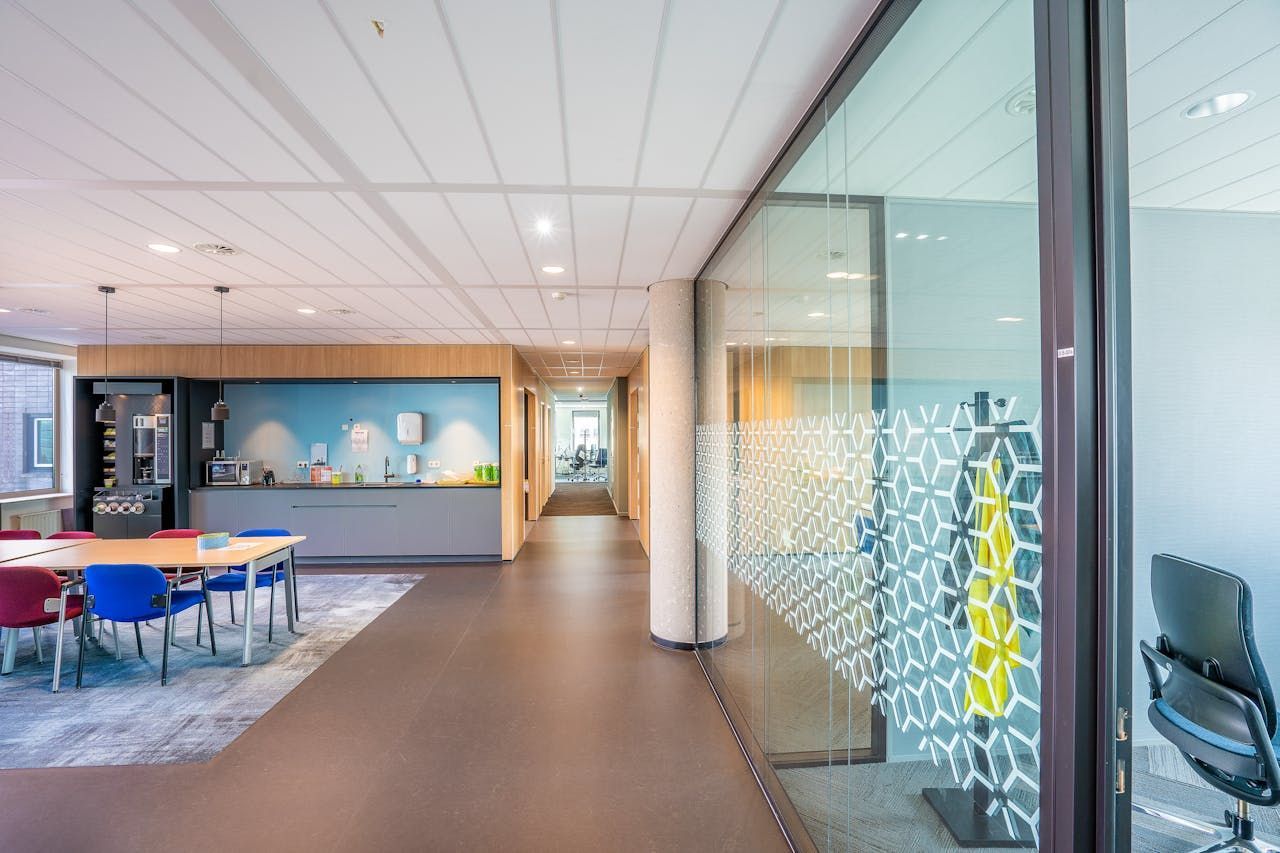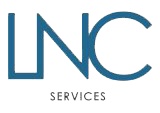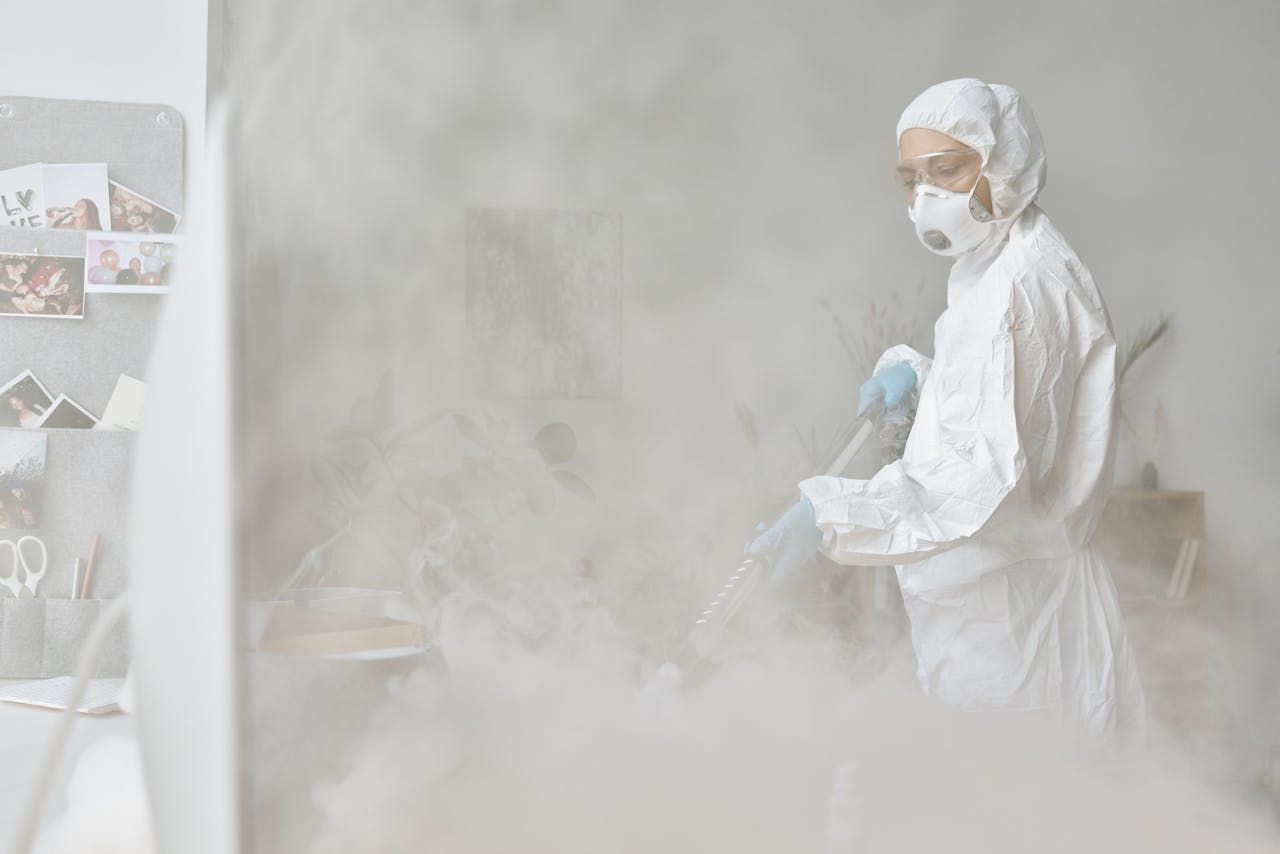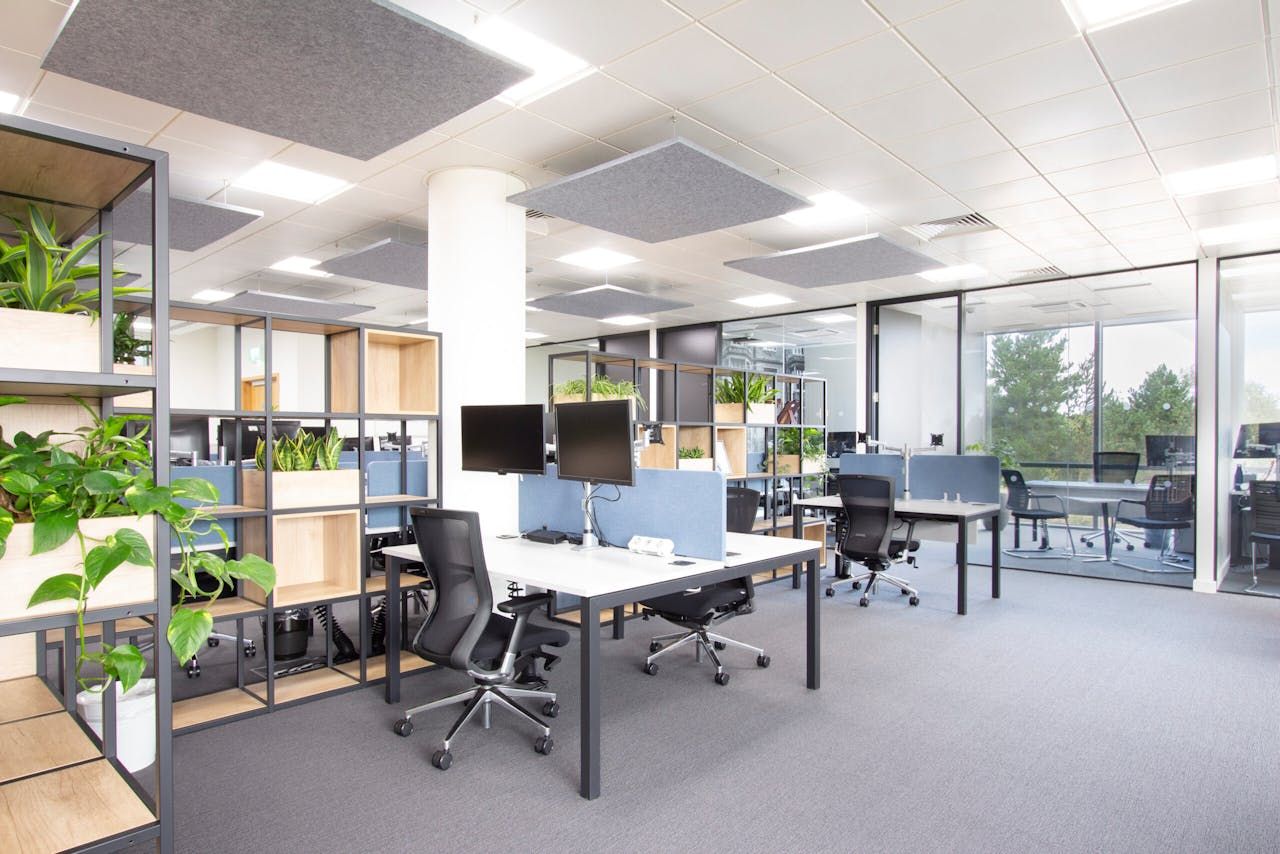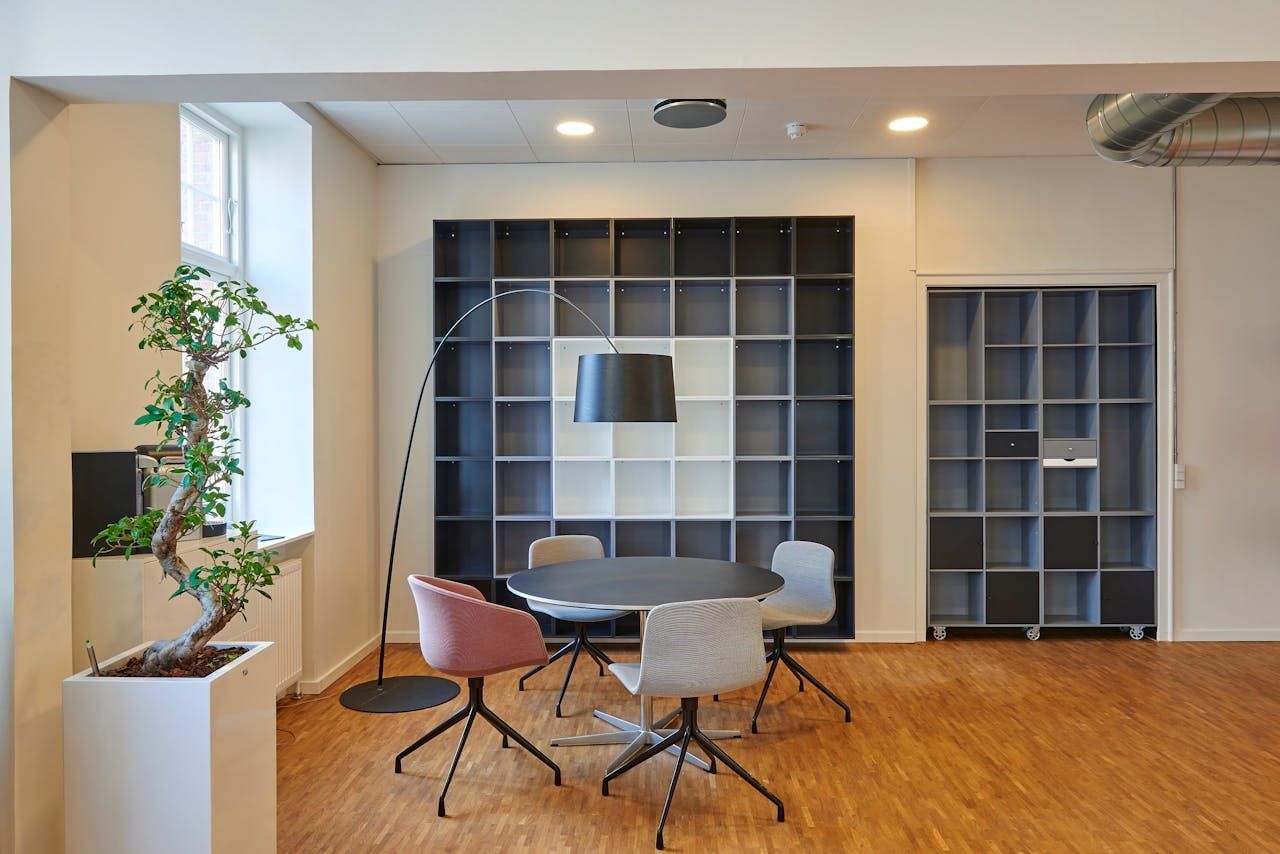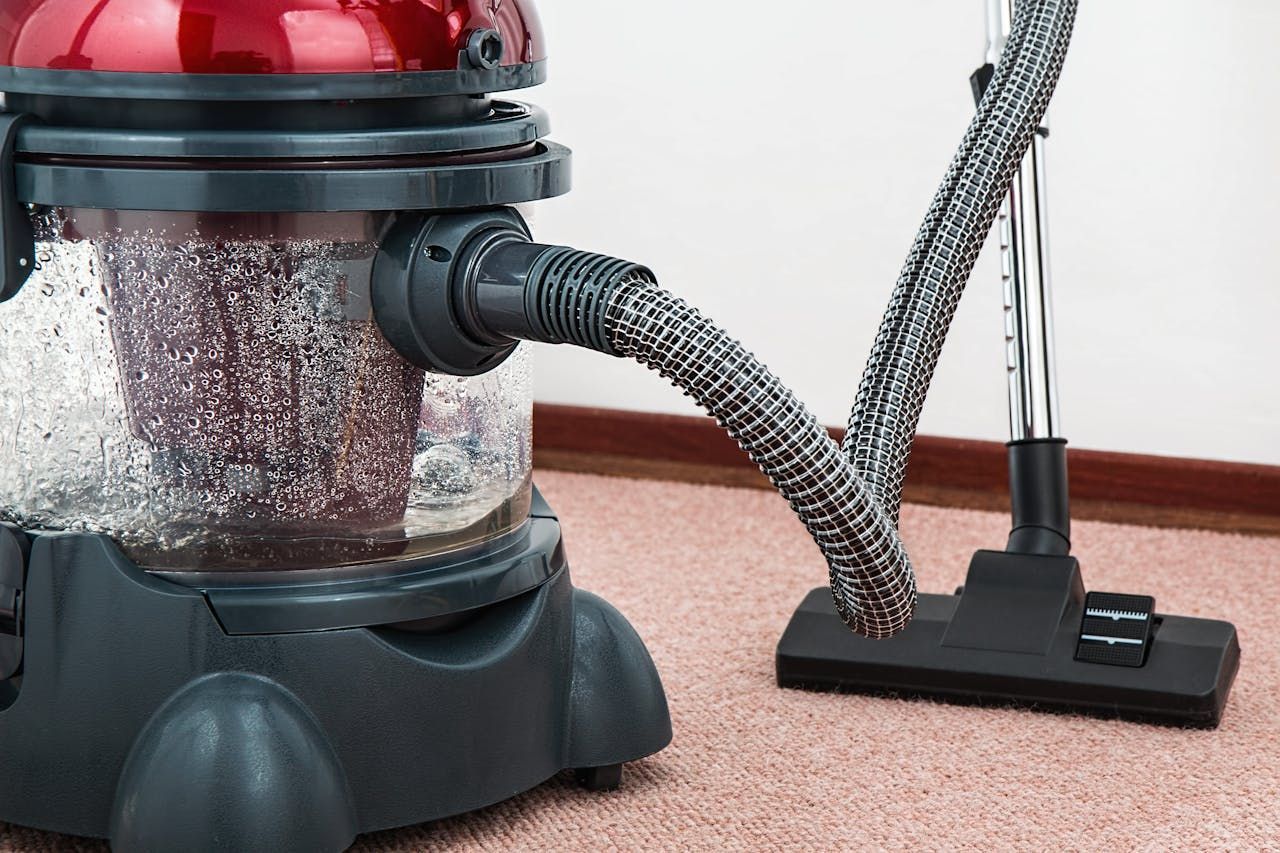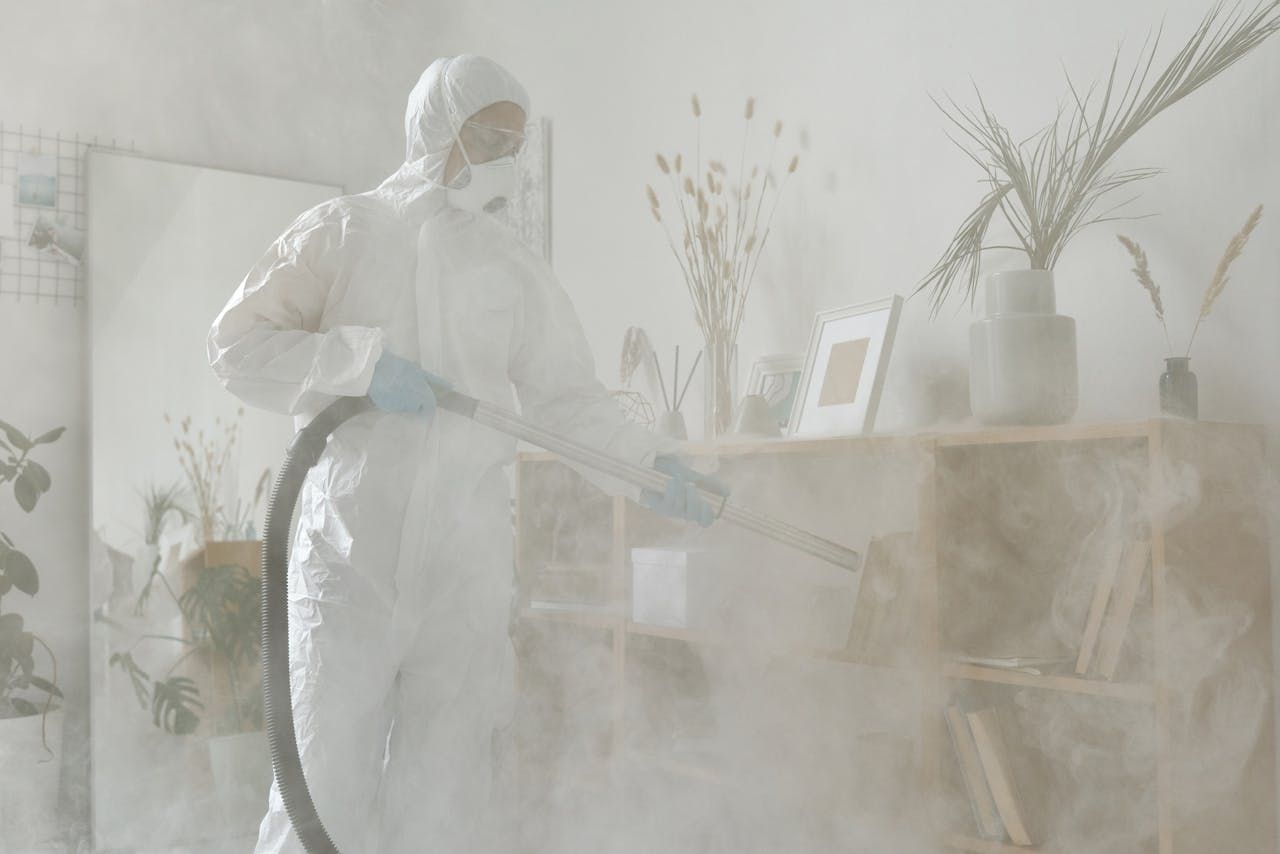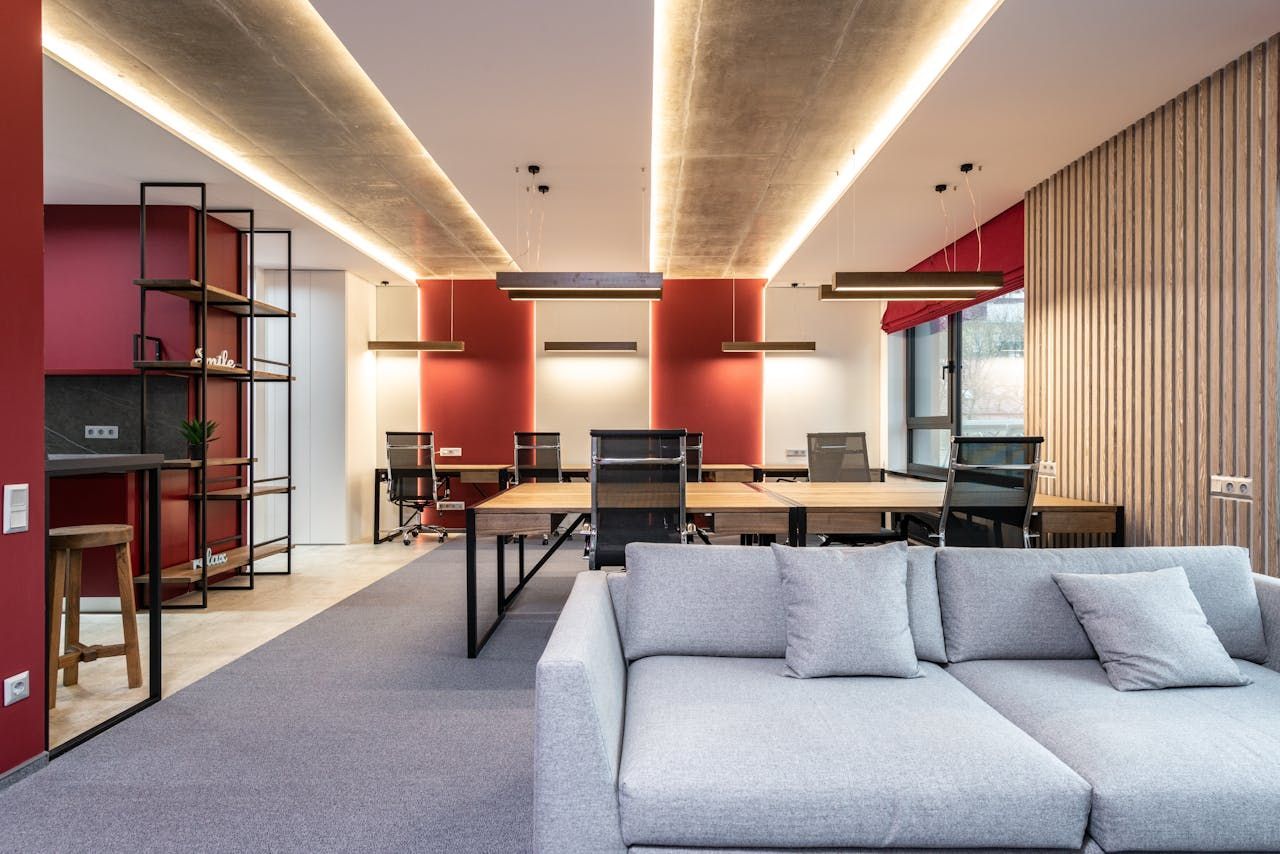Lunch at Work: Hygienic Practices for Eating in the Office
Hands up who has eaten at their desk. Phew, that’s a lot of you. It’s common practice. But could it be doing more harm than good?
Research shows that the average desk has more than 10 million bacteria living on it. Did you know that’s 400 times more bacteria than you’d expect to find on a standard toilet seat? The workplace hygiene facts might be tough to swallow, but the numbers don’t lie, and they underscore just how important it is to address eating at work.
We’ll guide you through the practical solutions for maintaining a clean and healthy office environment so you and your team can enjoy your lunch and snack breaks without fear!
Eating At Work
Work-life moves fast these days. With the high-pressure environments of modern workplaces, most workers need to multitask wherever they can to stay ahead of their workflow. Typically, this means employees choosing to dine at their desks.
This isn’t a problem for most offices, as good nutrition and frequent breaks make for a happier, healthier workforce. Whether due to time constraints, convenience, or comfort, eating and snacking at the desk has become widely accepted, if not even encouraged.
But of course this meeting of work and eating brings with it some unique challenges, especially in the realms of hygiene.
The biggest issue is the high-touch surfaces within your office. Things like desks, keyboards, door handles, and communal spaces all become sources of spreading bacteria when food is present. During lunch breaks, dangerous microorganisms can be easily and quickly transferred from surface to surface and from employee to employee.
Add to that the likelihood of accumulated food debris and residue, and you have a potential hygiene and allergy hazard, working together to compromise your workplace hygiene. You can imagine the daily buildup of sandwiches, salads, crisps, and snack bars eaten over a keyboard, creating a breeding ground for germs and crumbs.
This gradual, slow accumulation of germs can be more difficult to eradicate, as objects with small parts like a keyboard and a computer mouse can become greasy, dirty and contaminated without even being visible to the naked eye.
The Cost of Unhealthy Practices
In the rush of daily work, your team might eat at their desks and simply wipe away any debris or mess, thinking they have cleaned their space sufficiently, but this isn’t the case.
The workplace is covered in invisible germs and contamination.
Neglected remnants of food left on shared surfaces can pose a serious concern for your employee’s health and safety. The transfer of germs can happen quickly and often without anyone realising they are spreading contaminants.
And if germs weren’t enough of a risk, lingering behind on surfaces and touchpoints without any visible signs, there’s a chance of allergic reactions when eating in the office.
Food residue left on surfaces can trigger allergic reactions, particularly in shared areas like kitchens, tables, chairs, and light switches. This can pose a serious concern for well-being, as allergic reactions can cause dangerous emergency situations.
Your staff become more vulnerable to the spread of illness too. If a team member touches an unclean, contaminated surface and then proceeds to eat lunch at their desk, they can ingest bacteria. This can lead to a higher frequency of illness, spreading quickly around the workforce and causing more sick days and lower productivity.

Benefits of a Clean and Healthy Office
Maintaining a clean and healthy office environment holds benefits that go beyond general visual cleanliness.
By putting hygiene first, you promote a more positive working environment, letting your team know you care about their wellbeing. Particularly when the reason they’re eating at their desks is because they’re trying to improve and maintain their productivity for your company.
Prioritising eating hygiene at work fosters a culture of wellness, encourages healthy and safe practices, enhances employee morale and optimises productivity levels.
Creating a Culture of Eating Hygiene: Essential Practices
Instilling a culture of good eating hygiene in the workplace is one of your biggest weapons against bacteria and illness when eating at work. Here are some of the simple practices you can encourage and put in place amongst your team to promote better eating hygiene…
- Handwashing before and after eating: Add signage, incorporate a reminder into your staff training, and make sure there are plenty of facilities, including sanitiser.
- Eating Spaces: If possible, create a dining area and encourage staff to step away from desks to eat. This is a bonus as it’s better for stress and mental health to take a break.
- Better habits at the desk: Some people really do need to work and eat, so leaving the desk is not a blanket option. Have paper towels or napkins to put down to protect the desk. Ensure plenty of plates and cutlery. Move the keyboard and have something to wipe hands-on in between bites.
- Daily wipe downs: Encourage people to take ownership of wiping down their desks and keyboards/mouse/phones/etc. At the very least, it reduces the amount of bacteria and invisible germs present in their personal working spaces.
- Keep food refrigerated: Make sure you have facilities to store food correctly.
- Cleaning: A thorough and proper cleaning schedule is needed to keep on top of germs and food debris, Ensure people clear food and plates away after eating.
When Basic Cleaning Isn't Enough: Professional Solutions
While a wipe-down will help keep germs at bay, you really need a robust and focused approach to cleaning the office.
Professional cleaning solutions like ours at
LNC
can benefit your office in multiple ways. Our cleaning protocols, specifically designed for office kitchens and break rooms, ensure every surface is considered and every touchpoint is effectively cleaned to an excellent standard of care.
With appliance deep cleans, surface sanitation and disinfection, you can ensure a truly germ-free environment for your team while they multitask their snack and their work for the benefit of your business.
Essential Hygiene For Eating At Work
Lunch at work might be costing you more than you realise, but introducing good practices can reduce the impact of germ spreading. If you’re looking to improve your workplace hygiene standards and protect your workforce,
request a quote for LNC’s professional cleaning and hygiene services.
